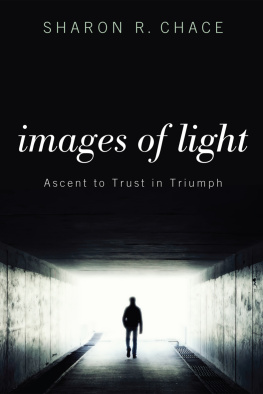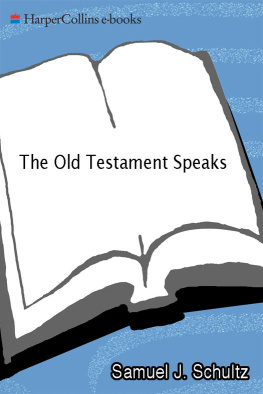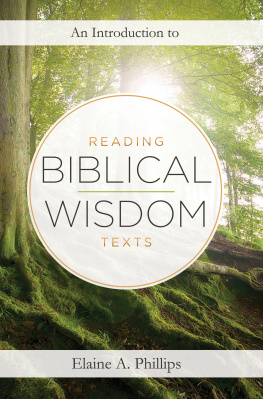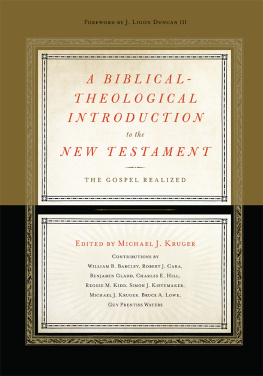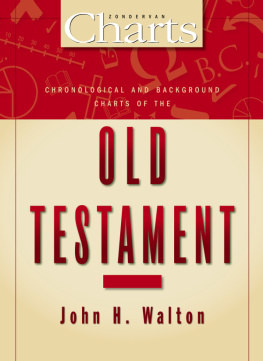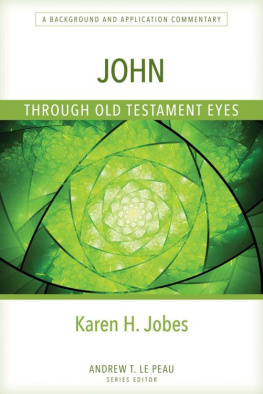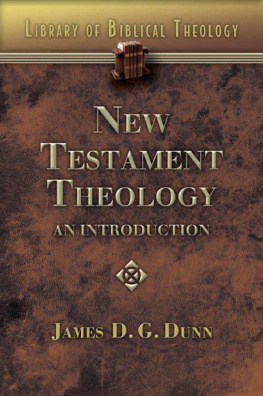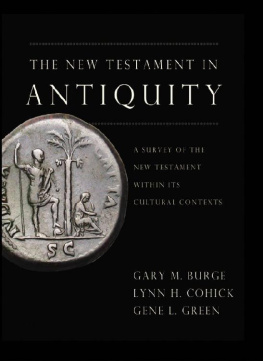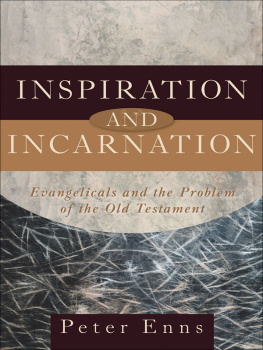T hank you to my husband, Ernest. His support and interest help me feel more enthusiastic about my life and work. I am grateful to Fr. Daniel J. Harrington, SJ, for his ongoing, gentle encouragement during and after my days at Weston Jesuit School of Theology. The late Charlotte Currie gave the priceless gift of belief in me, saying Sharon, you can do anything you want. Thank you to Eleanor Parsons for reading the proofs and to Hope Stafford for her ongoing interest in Christian living. Friend and neighbor Anita Lynn helped me with secretarial details and cups of tea. Finally, I am thankful for the biblical writers and compilers of the book of Proverbs. One verse summarizes how publication of An Artistic Approach to New Testament Literature enlivens me: Hope deferred makes the heart sick, but a desire fulfilled is a tree of life (13:12).
Introduction
T his book is for anyone who wants a short guide to the New Testament. My artistic approach is especially appropriate for high school and college students who are interested in the visual arts and want an imaginative supplement to more standard introductions to the New Testament. In a way, I write to my inner self, that eight-year-old girl in a sepia photographic portrait. I wore my best Sunday dress: a candy-striped taffeta blouse with an attached blue skirt. While quiet and dressed in a ladylike fashion for Sunday school, I always spoke my mind, often to the surprise of adults, who did not expect such directness from demure Sharon.
Once, at an evangelical church, I was almost asked to leave Sunday school. My question was upsetting to the Sunday school teachers, who had to caucus to decide how to answer. I asked if the red words in my Bible are really the exact words of Jesus, or are they extra quotation marks? The answer given to me was that they are the exact words of Jesus and they did not want to hear any more doubts. What I should have been told would have gone something like this: The earthly Jesus was a prophet and preacher but not a writer. His followers, some of them scribes with excellent memories, passed on his sayings by word of mouth and eventually wrote them down. Then the gospel writers collected materials about Jesus as well as his teachings and organized reports, stories, and instructions in their gospels. Sometimes in faithfulness to the person they knew Jesus to be and in the style of other writers in the ancient world, the New Testament authors put a few words into Jesuss mouth that they knew he would or should have said. The writers of the New Testament gospels were more like artists than news reporters. These writers painted pictures of Jesus with words and artistically presented Jesuss parables and stories. Other New Testament writers contributed artfully composed letters, sermons, and theological essays.
My focus on artistry developed over time. In 1966 I graduated from Albion College in Albion, Michigan, with an art major and English and religion minors. In 1998 I received a Master of Theological Studies (MTS) degree with a biblical concentration, from Weston Jesuit School of Theology in Cambridge, Massachusetts. During my college days, professors of biblical studies focused on historical criticism or examination of the time and place of writing, as well as on meanings in the original life situations of biblical people. They were also interested in source criticism, which is the study of the biblical writers sources of information and styles of writing. In art history and studio art courses, professors most often emphasized the formal art elements of line, form, color, and texture, whether the students preferred realism or abstract expressionism. In a personal fullness of time, I applied those formal elements to biblical literature.
By the time I entered graduate school, people in many scholarly fields looked at the Bible through their disciplines. Evolving approaches to biblical studies include the psychology of biblical studies, the sociology of biblical studies, and various feminist critiques. As an artist, I approach the Bible artistically. In short, I use artistic characteristics to describe biblical texts and will more fully explain an artistic approach in the second chapter, What is an Artistic Approach to the New Testament?
What Is the New Testament?
T he New Testament is a collection of books with many different kinds of writing, and a record of life in God opening up for the world. The Bible includes the Old Testament, which is the history of the Hebrew or Jewish peoples faith and life in God. The Hebrews already had a relationship with God. The New Testament tells the story of how Jesus made this relationship with God possible for all people. In our culture the word new often implies better or improved. However, in the Bible the word new often means renewed or updated. Thus, the New Testament is the record of renewed faith and covenant that was updated to include people of all nations. The New Testament records Jesuss life, death, and crucifixion, and (in Christian belief) his resurrection, as well as the spread and development of early Christianity.
There are twenty-seven books in the New Testament. Both Roman Catholics and Protestants agree that these books should be in the New Testament. This official list of books is called the canon . The canon, or list of official books, was not decided upon quickly. As early as the end of the second century, Pauls letters and some selections from the gospels were the approved resources for the organization of ritual and social and personal morality of developing Christianity. By the end of the fourth century AD, the list was official. The books that were chosen to be in the canon, or list of sacred books, were helpful to community, in agreement with the basic doctrines of the early church, and associated in some way with the apostles. In summary, the criteria were usefulness and helpfulness. The concept of inspired writings came after approval.
Roman Catholics include more books in the Old Testament canon than do Protestants. The number of books in the Old Testament canon is not an important difference, but it can be confusing. The extra books are the books of the Apocrypha (many Protestant Bibles include these books in a separate section). The Apocrypha can help us understand Judaism and its effects on early Christianity.
Besides the meaning of canon as a list of sacred books, the word canon can mean rule of life. The Greek word for canon means reed or measuring stick, like a ruler. The Bible can be a ruler by which we measure our lives.
Most of us have favorite parts of the Bible. This tendency is sometimes called having a canon within the canon. Having favorite passages in a favorite book is only natural. Sometimes other passages that have a different emphasis or even a different main idea affect our understanding of our favored verses. Throughout this book, I sometimes refer to counterbalancing passages of Scripture.
The books of the New Testament were not written quickly. During the first third of the first century AD, Jesus lived and preached. During the second third of the first century, people spread his teaching by word of mouth. Repeating Jesuss sayings and stories at homes or in places of worship is called oral tradition. Paul wrote between AD 51 and 58. During the last third of the first century, gospel writers wrote down the stories that were told and compiled them. The gospel writers had different ways of organizing their materials about Jesus. Each gospel author adds to our composite picture of Jesus.


